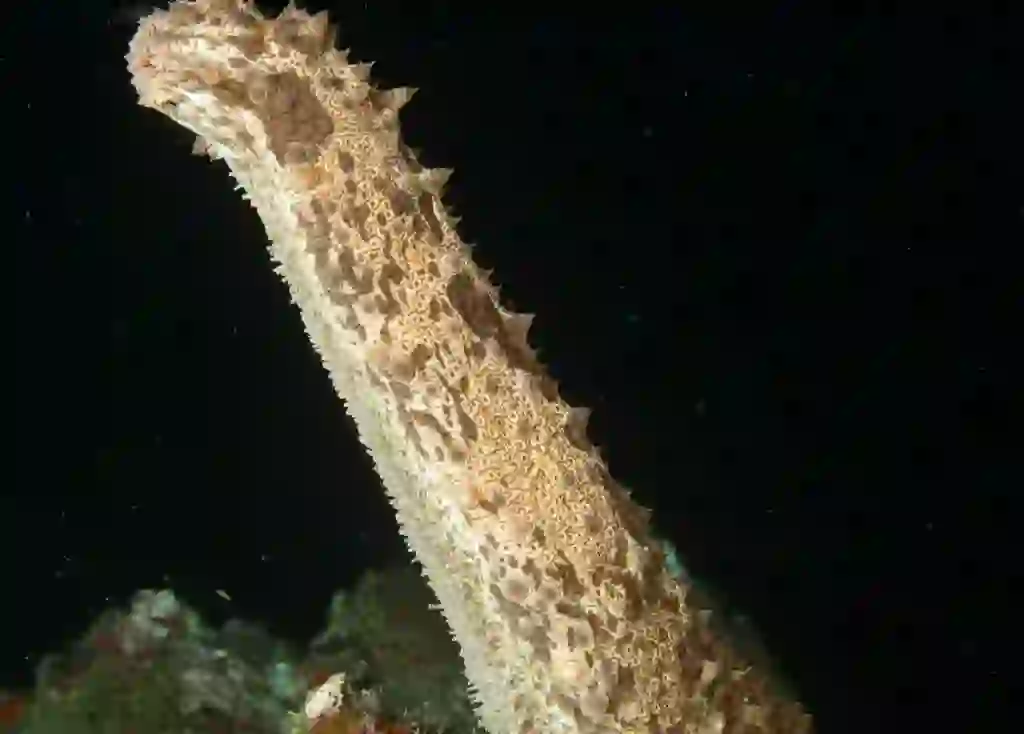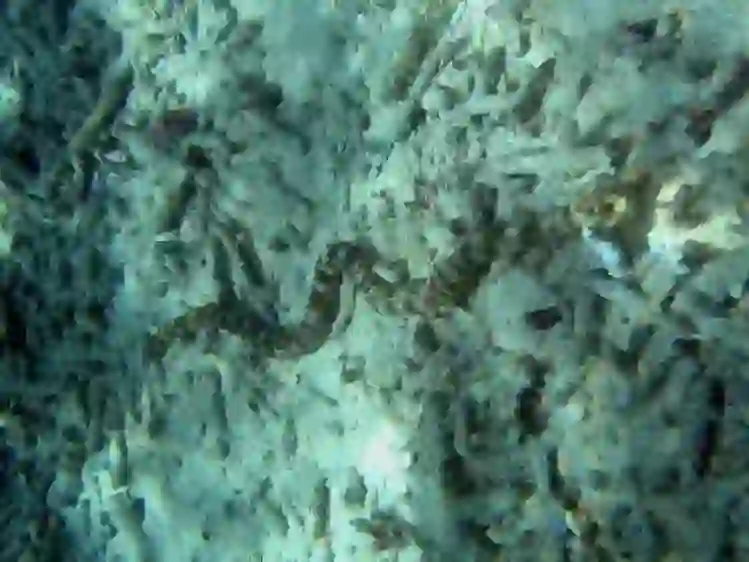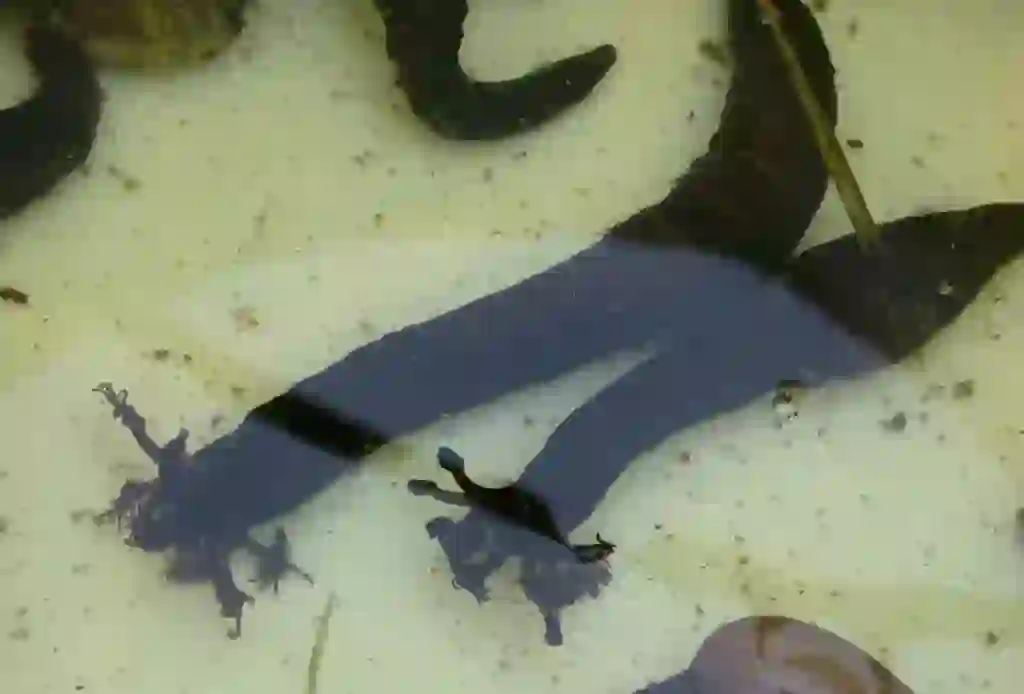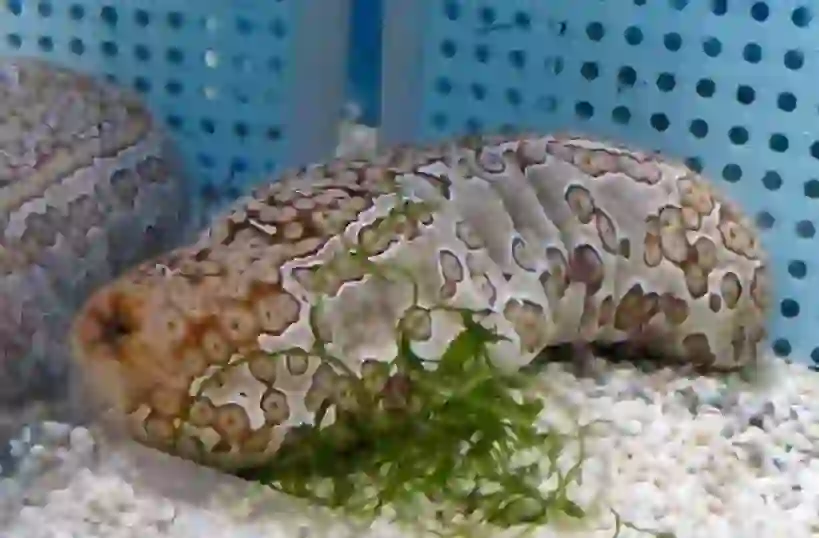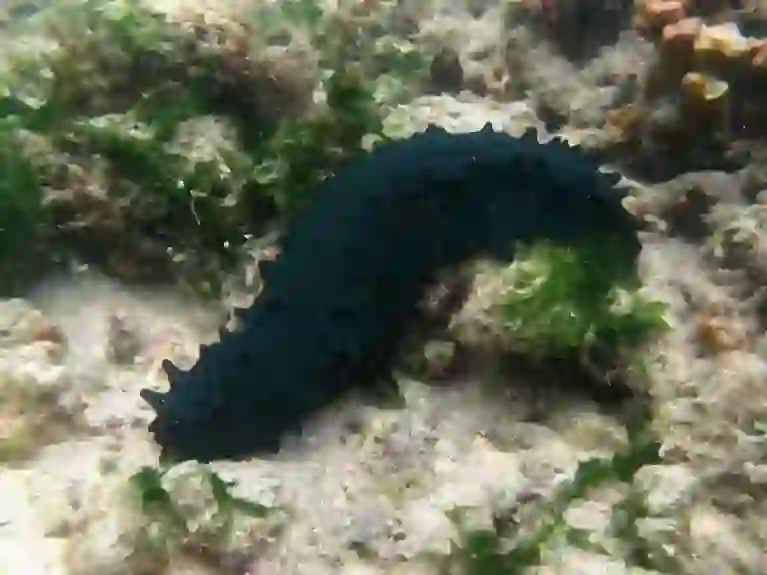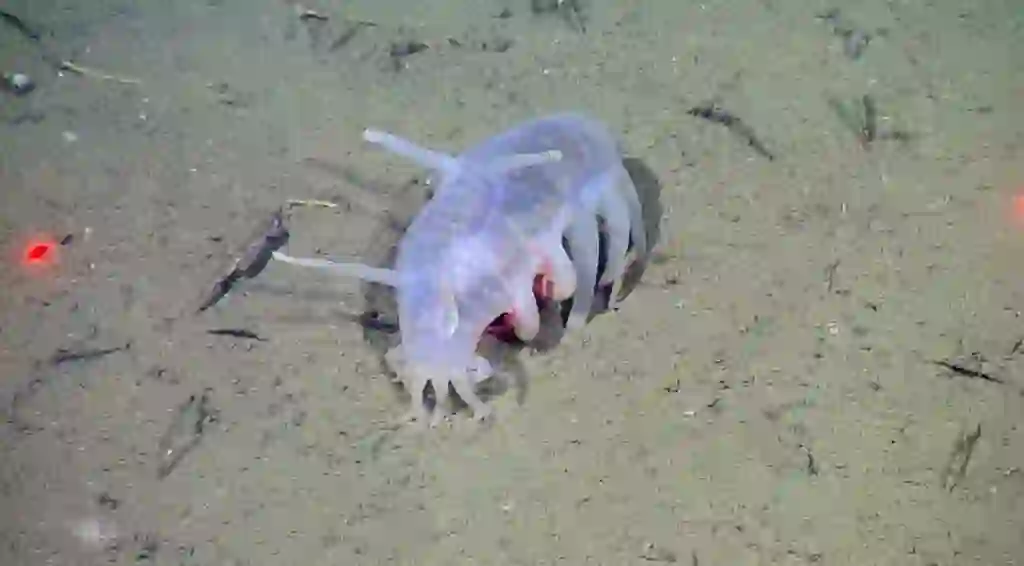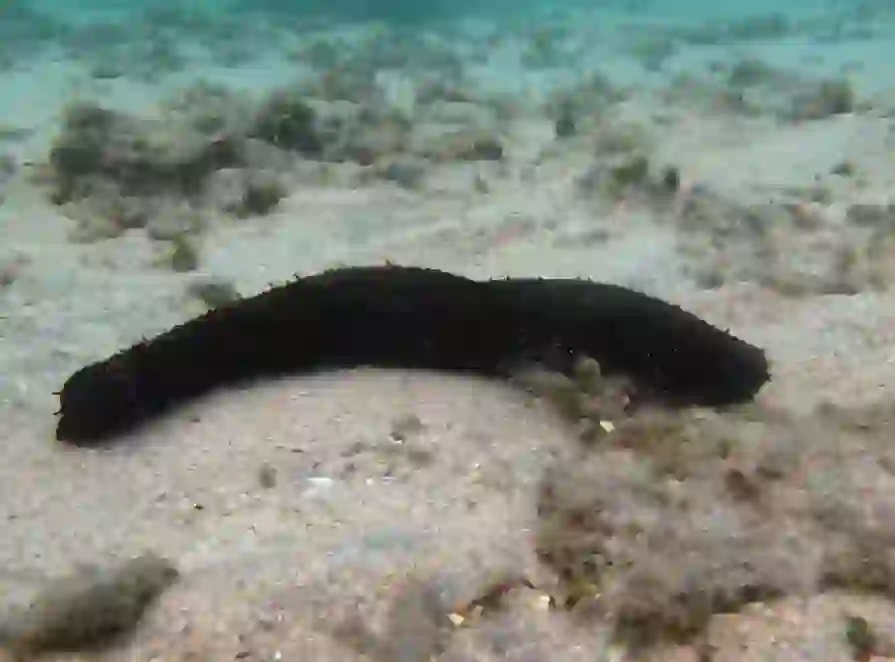
Sea Cucumber
Sea Cucumber
Sea Cucumber
What do you imagine when you hear 'sea cucumber'? Although popular as a snack and used in cuisine, there may be much about their appearance and ecology that remains unknown. Around 1,500 species of sea cucumbers inhabit the world's oceans. Let's delve into the mysterious life of the sea cucumber in the sea.
Sea Cucumber Basic Infomation
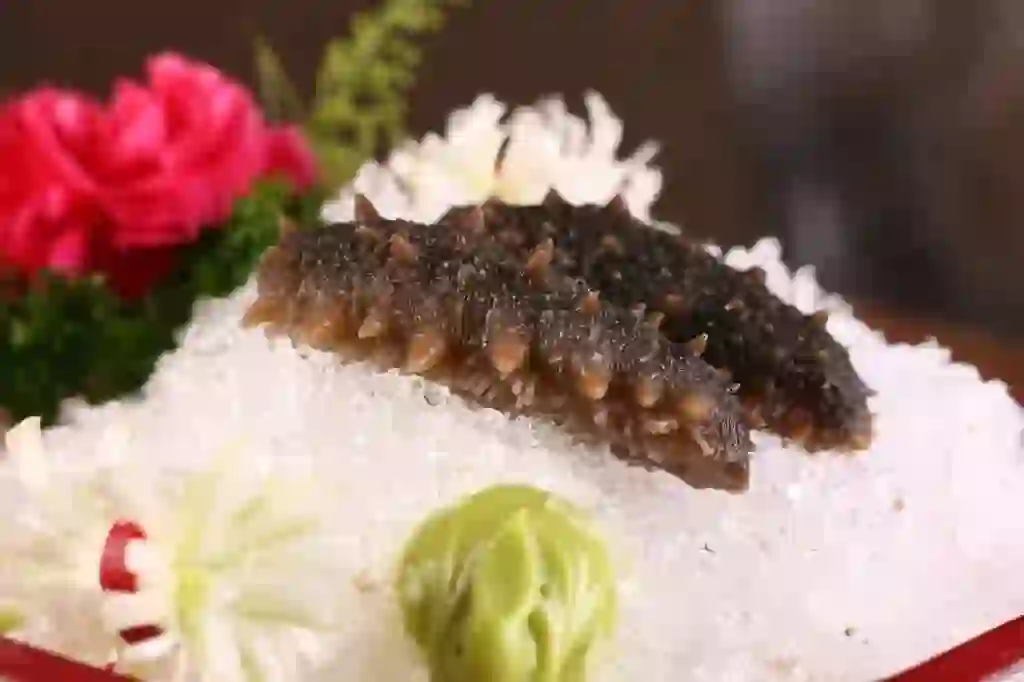
Phylum: Echinodermata, Class: Holothuroidea, Order: Aspidochirotida, Genus: Thelenota
Length: 20–30 cm, Diameter: 5–6 cm
Largest species (Thelenota ananas) Length: 4.5 m, Diameter: 10 cm
Inhabit all marine regions from shallow waters to deep seas. They do not live in freshwater or brackish areas, and all are marine species. Around Japan, the species known as 'manamako' is common and is also used for food.
Characterized by their elongated bodies with mouths oriented horizontally. Covered with a flexible body wall, they have no skeleton, but small bone fragments are embedded in the body wall. This body wall can change its hardness freely—becoming very hard or meltingly soft, adapting dynamically to protect from predators.
Moreover, sea cucumbers lack eyes and ears. How do they detect enemies or light? Again, it's all in the body wall, which has skin nerves to sense touch and light.
Generally, they prefer not to move much. They crawl slowly across the ocean floor. Becoming more active at night, they can move about 7-8 meters in one evening. Can you tell where their hands or feet are? Sea cucumbers have five tubular feet with a bumpy texture, called the ambulacra, which function like human hands or feet, allowing them to move slowly.
Sea Cucumber Q&A

What is the origin of the name 'sea cucumber'?
The sea cucumber is called 'ナマコ' in Japanese, which is written as '海鼠' in kanji. Historically, this kanji combination was pronounced 'ko' and referred to dried sea cucumbers sold as a snack. During the Muromachi period, it became common to sell them fresh, and the name shifted to '生海鼠' ('nama-ko'), eventually shortening to 'ナマコ'.
Another theory suggests that 'ko' as a demonstrative pronoun for 'that', indicating the creature's unusual appearance, may have led to the name.
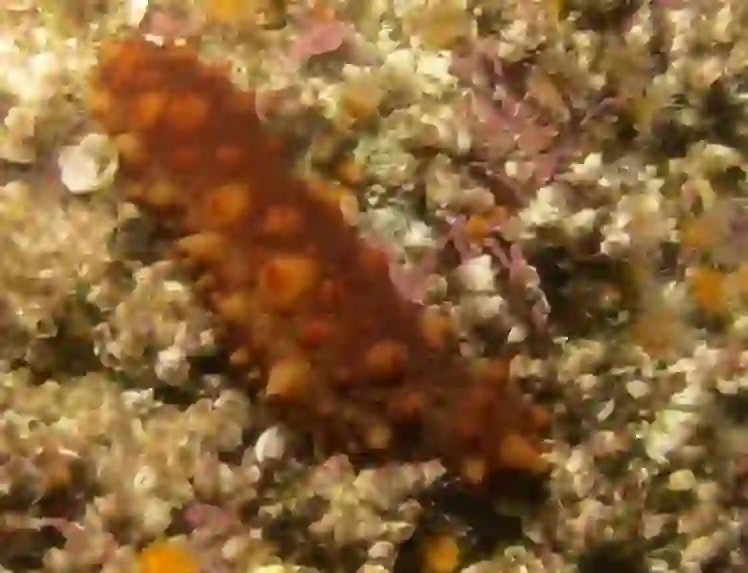
Why do sea cucumbers live there?
Sea cucumbers inhabit a wide range from shallow waters to the deep sea. Most crawl along the seabed, but some deep-sea species float freely. Despite their slow movements and vulnerability, sea cucumbers have few natural predators because they contain holothurin, a substance toxic to fish but harmless to humans.
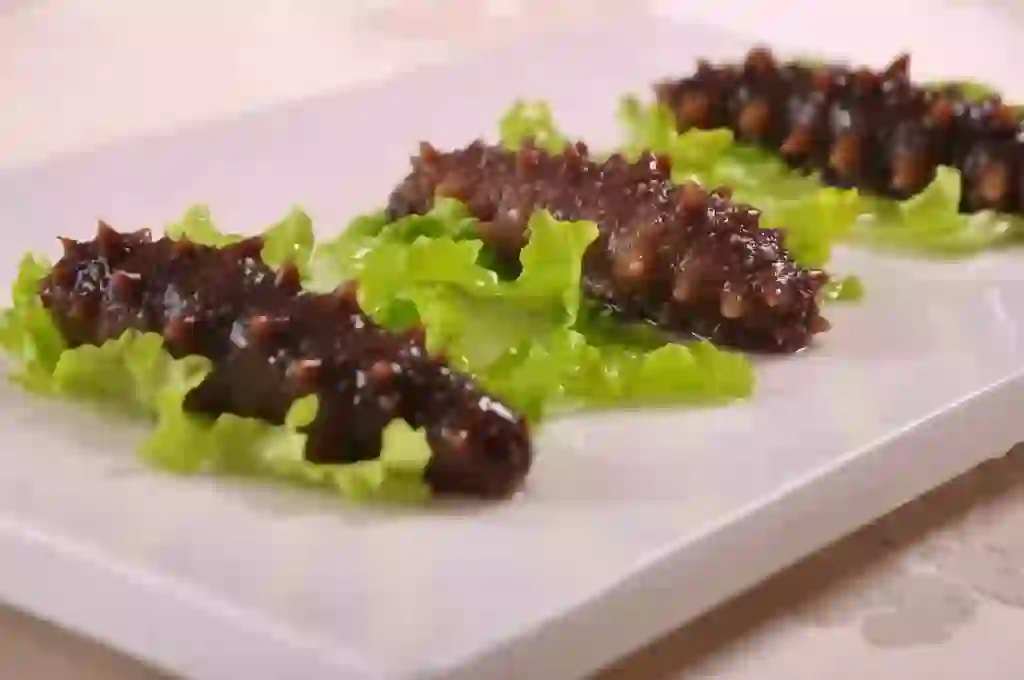
What do sea cucumbers eat?
Sea cucumbers primarily feed on plankton, ingesting sand and mud in the process. An individual may consume about 30 kg of sediment in a year. During food shortages, they can metabolize their own tissues for energy, which isn't as painful for them due to their sedentary nature.
They are also more active in seeking food during winter because they tend to hibernate during summer. Depending on the species, they either lick up plankton or use their tentacles to capture it from the water.
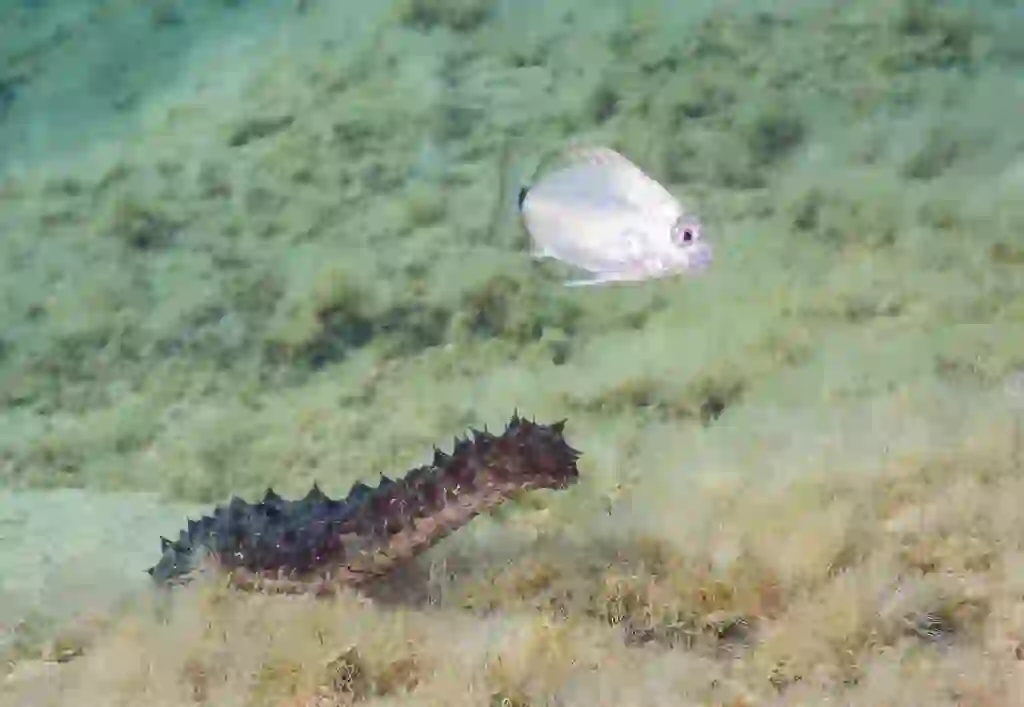
How do sea cucumbers breathe?
Sea cucumbers have a respiratory organ called the 'respiratory tree', which branches extensively throughout their body. They can also breathe through their skin. Even if they lose their respiratory trees, they can still respire through their skin.
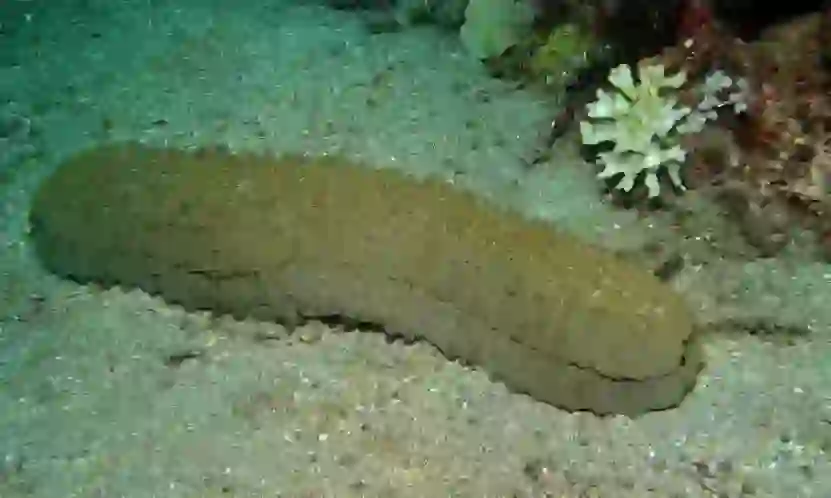
Is it true that sea cucumbers can expel their internal organs?
Yes, sea cucumbers can eject white thread-like organs from their anus when threatened, using an organ called the Cuvier's gland. Those without this gland may expel their internal organs as a defense mechanism. Despite the drastic defense, sea cucumbers can regenerate their organs in one to three months thanks to their high regenerative capabilities.

Can sea cucumbers really live after being cut in half?
Sea cucumbers have remarkable regenerative abilities, not limited to their internal organs. If cut in half, each part can regenerate into a new individual within three months. This biotic resilience is a key to their survival strategy. They typically live for about 5 to 10 years.
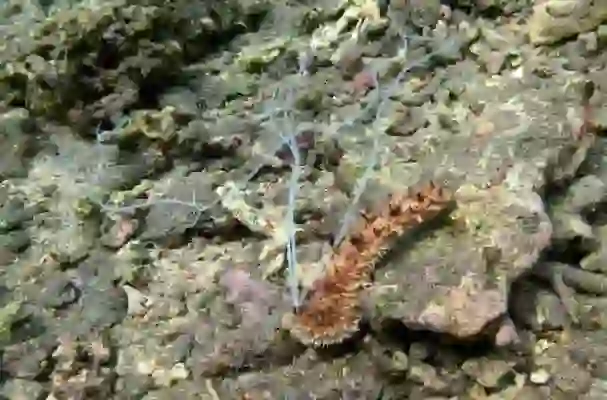
How are sea cucumbers born?
Sea cucumber spawning periods in Japan range from March to September, during which a single individual can produce up to 20 million eggs. Most young float freely in the ocean before settling on the seabed as they mature. In harsher environments like the Antarctic, some species develop inside their parent's body.
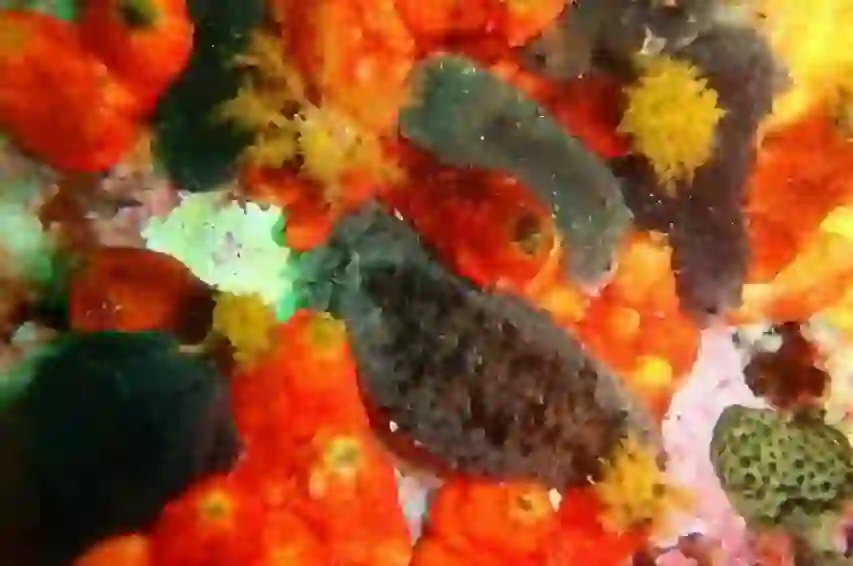
Are sea cucumbers used in medicine?
Yes, sea cucumbers are used in traditional Chinese medicine to treat a variety of ailments, including as a tonic and for treating skin diseases. They possess antifungal properties and are used in remedies for athlete's foot.

Would you like to become a part of the 'Animalbook.jp'?
Turn your knowledge into Q&A and share it with the world. ※Publication will be activated after purchase. Let's share information together!
Sea Cucumber Type of List
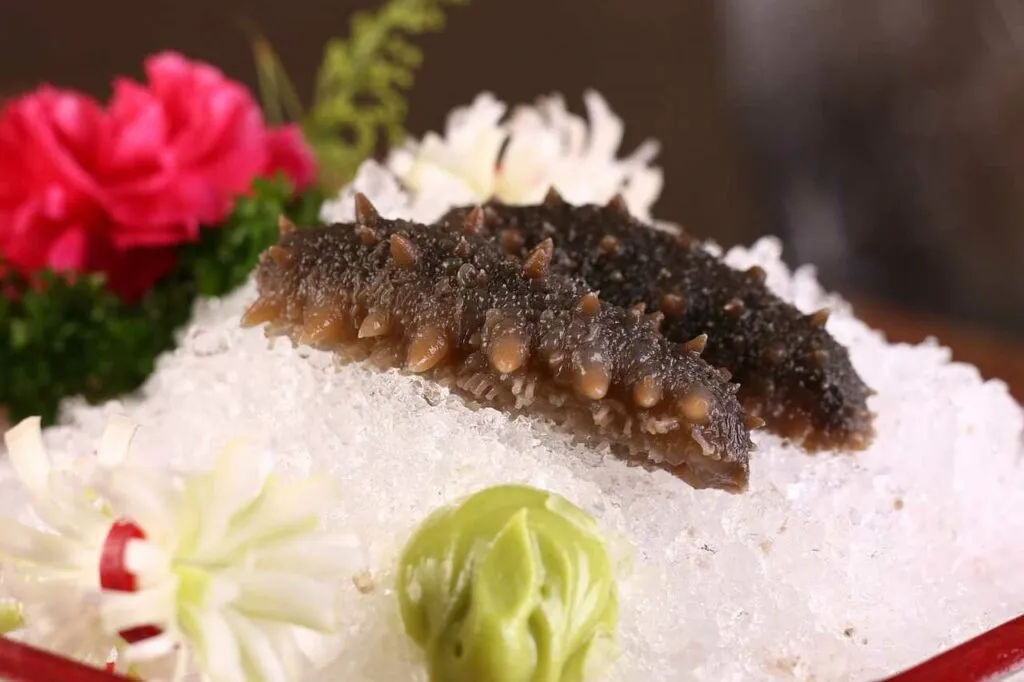
As mentioned earlier, there are approximately 1,500 species of sea cucumbers worldwide, with about 200 species found around Japan. About 30 of these are used as food. Here we introduce some of these types!
The type of sea cucumber is classified based on the shape of tentacles, the presence of ambulacra or respiratory trees, and the type of bone fragments in the body wall.
There are mainly three large groups:
Within these, they are divided into two types. Starting from ①, we will introduce some of the names and numbers of types of sea cucumbers.
【Order Apodida】
- Family Synaptidae (174 species)
Example: Giant Anchor Sea Cucumber, Red Giant Anchor Sea Cucumber
- Family Molpadidae (74 species)
Example: Purple Wheel Sea Cucumber, Spiny Sea Cucumber
- Family Psychropotidae (50 species)
Example: Mitsukuri's Cucumber
【Order Dendrochirotida】
- Family Caudinidae (37 species)
Example: White Sea Cucumber
- Family Rhopalodinidae (64 species)
Example: Thick Spiky Sea Cucumber, Common Sea Cucumber
【Order Elasipodida】
- Family Elpidiidae (192 species)
Example: Yellow Sea Cucumber, Black-ringed Sea Cucumber, Two-striped Sea Cucumber, Map Sea Cucumber, Peacock Tail Sea Cucumber, Black Sea Cucumber, Red-backed Sea Cucumber, Dwarf Sea Cucumber, Reef Sea Cucumber, Black-spotted Red Sea Cucumber, Fuchsia Sea Cucumber, Leopard Sea Cucumber, False Black Sea Cucumber, Iron-colored Sea Cucumber, Rock Sea Cucumber
- Family Psychropotidae (33 species)
Example: Gummy Sea Cucumber, Round Sea Cucumber
- Family Deimatidae (101 species)
Example: Beaded Sea Cucumber, Orange Sea Cucumber
- Family Pelagothuriidae (2 species)
Example: Gelatinous Sea Cucumber, Floating Sea Cucumber
- Family Elasipodidae (26 species)
Example: Helmet Sea Cucumber, Toadstool Sea Cucumber
- Family Onychophoridae (13 species)
Example: Centipede Sea Cucumber, Demon Sea Cucumber, Segmented Sea Cucumber
These are just some of the many types of sea cucumbers found around the world, and they come in a variety of interesting names and features, especially in tropical areas. Although many countries consume sea cucumbers, few eat them raw like in Japan. Most are processed or dried before consumption.
Information
Congratulations! You are the first commenter!

Create Your Favorite List!
Sea Cucumber
Save the animals you love! Build your own list to quickly revisit your favorites later.

Would you like to leave a comment?
※Please note: This is for the purchase of rights to post comments within the article.
Find Your Favorites!
Our shop offers a unique and attractive selection of goods themed around various animals.
Sea Cucumber References

- ウィキペディア https://ja.wikipedia.org/wiki/ナマコ
- 雲丹専門 小林商店 https://www.akauni.com/namakotoha.htm
- ぼうずコンニャクの市場魚介類図鑑 https://www.zukan-bouz.com/syu/マナマコ
- 岩手県水産技術センターWeb https://www2.suigi.pref.iwate.jp/others/tips_stichopus
- コトバンク https://kotobank.jp/word/ナマコ-770210
- TSURI LABO https://tsuri-labo.jp/column/9439
- 素人が作ったお魚図鑑 http://diving.tank.jp/sports/fish/etc/kyokuhi/menu3.htm
- 水の生き物. Information https://mizunoikimono.info/holothuria-leucospilota/
- 挑戦を誇れる街 青森市 https://www.city.aomori.aomori.jp/suisan//sangyo-koyou/sangyo/nouringyou/shokunomati/04/12.html
Sea Cucumber Introduction of media used
出典:https://www.pexels.com/ja-jp/photo/8823143/

出典:https://pixabay.com/images/id-809862/

出典:https://pixabay.com/images/id-2602720/

出典:https://commons.wikimedia.org/wiki/File:Sea_cucumber_8532.jpg
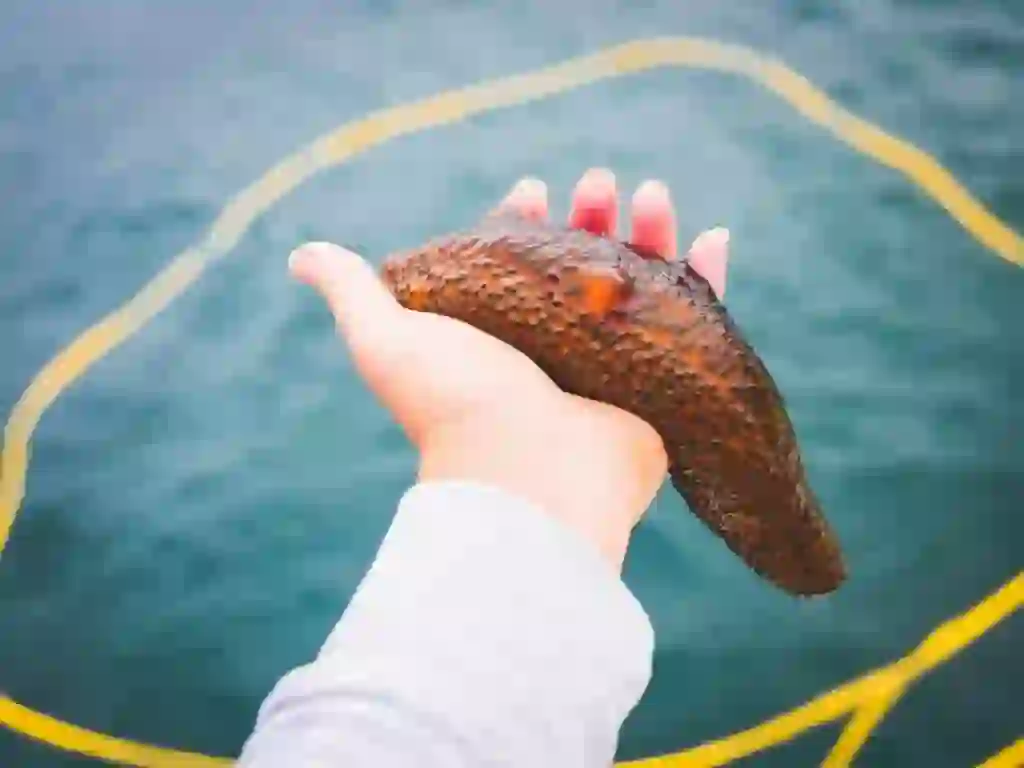
出典:https://www.pexels.com/ja-jp/photo/8824656/

Help Enrich Our Animalbook.jp with Your Media!
We are constantly looking to expand and enrich our Animalbook.jp with amazing photos and videos of animals. If you have any media that you'd like to share, please contribute and help us showcase the beauty and diversity of the animal kingdom. Your submissions will be credited and featured in our encyclopedia, reaching a wide audience of animal lovers.
















